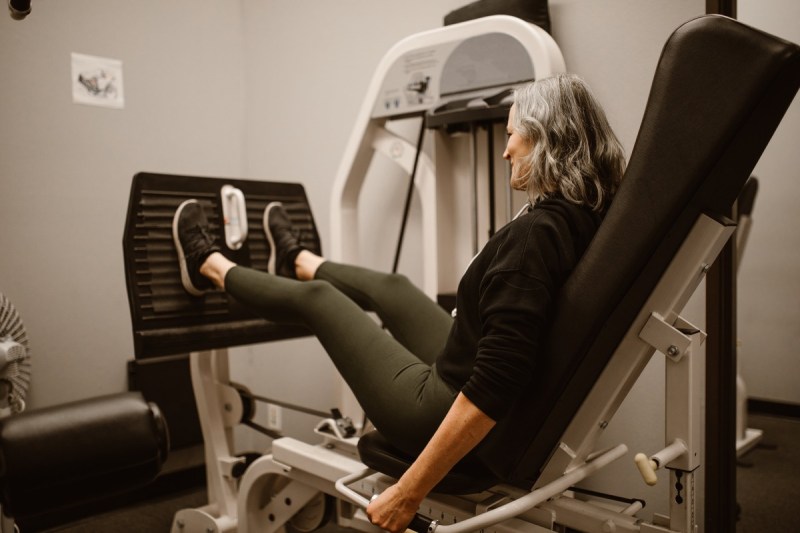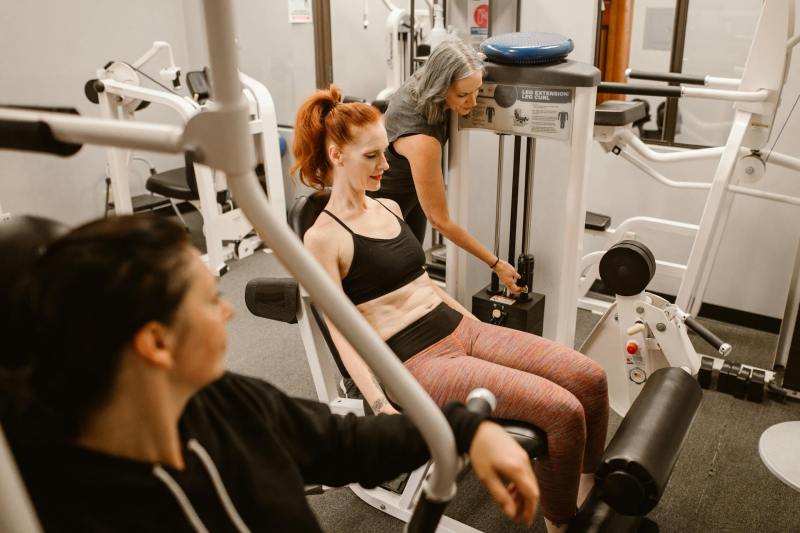Even if you start lifting weights later in life, research continues to support the benefits. Committing to one year of heavy resistance training has been proven to provide benefits that can last for four years. People often say, “I’m too old for that,” but this mounting research is another reason we shouldn’t let age hold us back from swelling those muscles. Recently, researchers analyzed the effects of resistance training on people 65 years old and over. Let’s look at the study and the proven benefits of resistance training and picking up those dumbbells.
The study

In the review and meta-analysis published in Experimental Gerontology, researchers set out to explore the effects of resistance training on muscle hypertrophy in adults aged 65 and up. Muscle hypertrophy refers to an increase in muscle size. The researchers looked at changes in quadriceps muscle size, lean mass, and fiber area, and they considered factors like age, training volume, and training duration.
The meta-analysis involved 32 randomized controlled trials. Participants engaged in training programs for 8-52 weeks, which usually involved performing exercises like the leg press and knee extensions two or three times every week. The researchers measured muscle fiber area, muscle cross-sectional area, and lean muscle mass.
The results

The results showed:
- Resistance training greatly increased quad size and fiber area.
- Performing 12 or fewer weekly sets per quad muscle was enough to yield hypertrophy or increase muscle size.
- Training durations longer than 12 weeks were linked to greater hypertrophy in the type II muscle fibers.
- Age didn’t drastically affect the response.
The takeaway

This new research shows us that you can increase the size of your muscles with resistance training later in life, so there’s no need to let age get in the way of bulking up and building strength and size. For those aged 65 plus, performing 12 weekly sets per muscle group and training two or three times every week is sufficient for muscle hypertrophy. While some senior lifters might still need some modifications and to focus on specific exercises and durations, other research also shows that around 10-20 sets per week is enough to grow your muscles.
If you’re not sure about your workout plan and how many sets you should do, you can check with a personal trainer or qualified practitioner.
The evidence-based benefits of resistance training

The evidence-based benefits of resistance training include:
- Improving your cardiovascular health.
- Improving blood pressure.
- Improving cholesterol.
- Enhancing your muscle strength and tone, which can reduce your risk of injury.
- Sculpting your physique.
- Boosting your metabolic health.
- Boosting your cognitive function and brain power.
- Perking up your mood.
There are plenty of reasons to reach for those dumbbells or kettlebells or make your way toward the gym machines.



